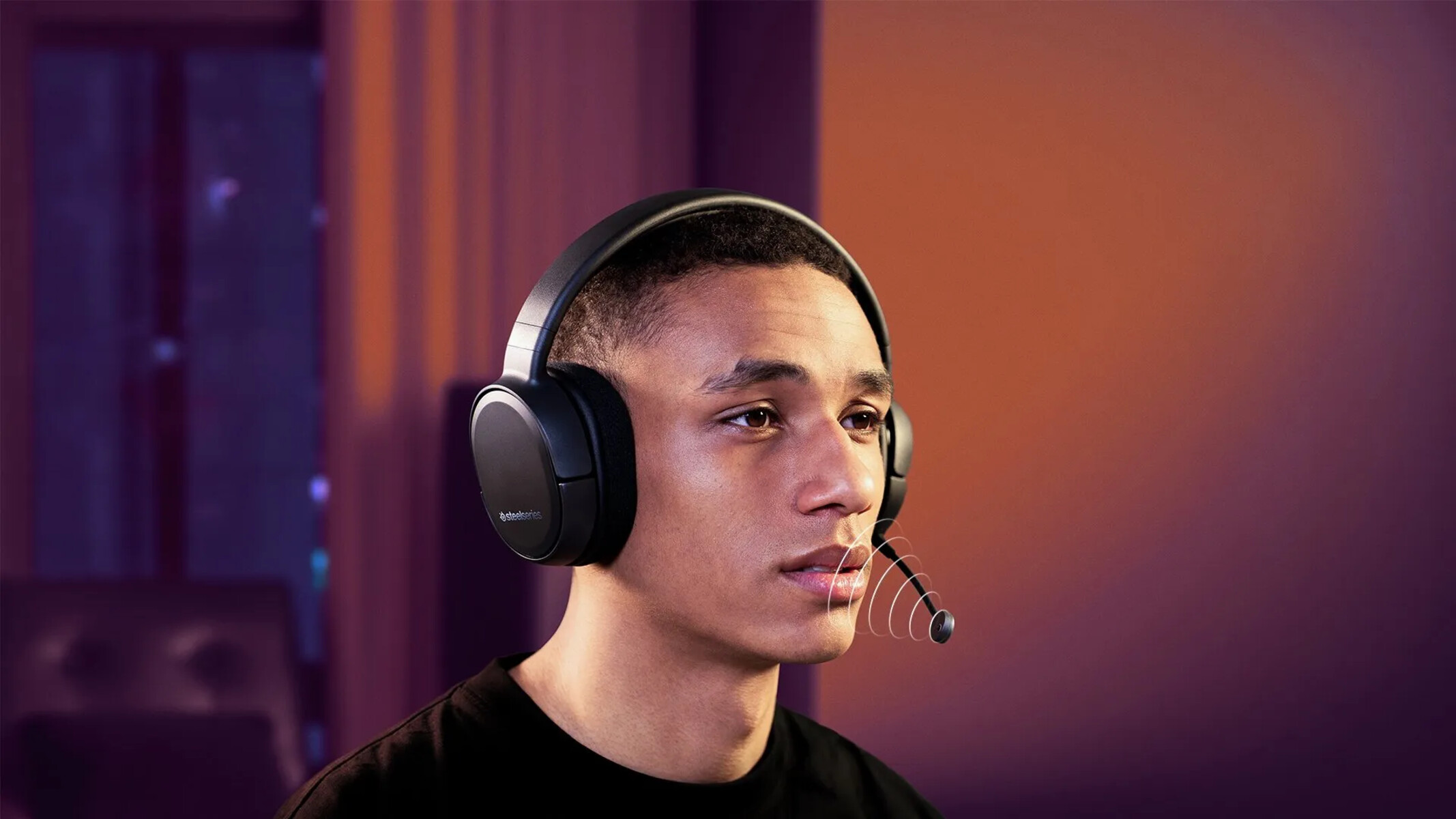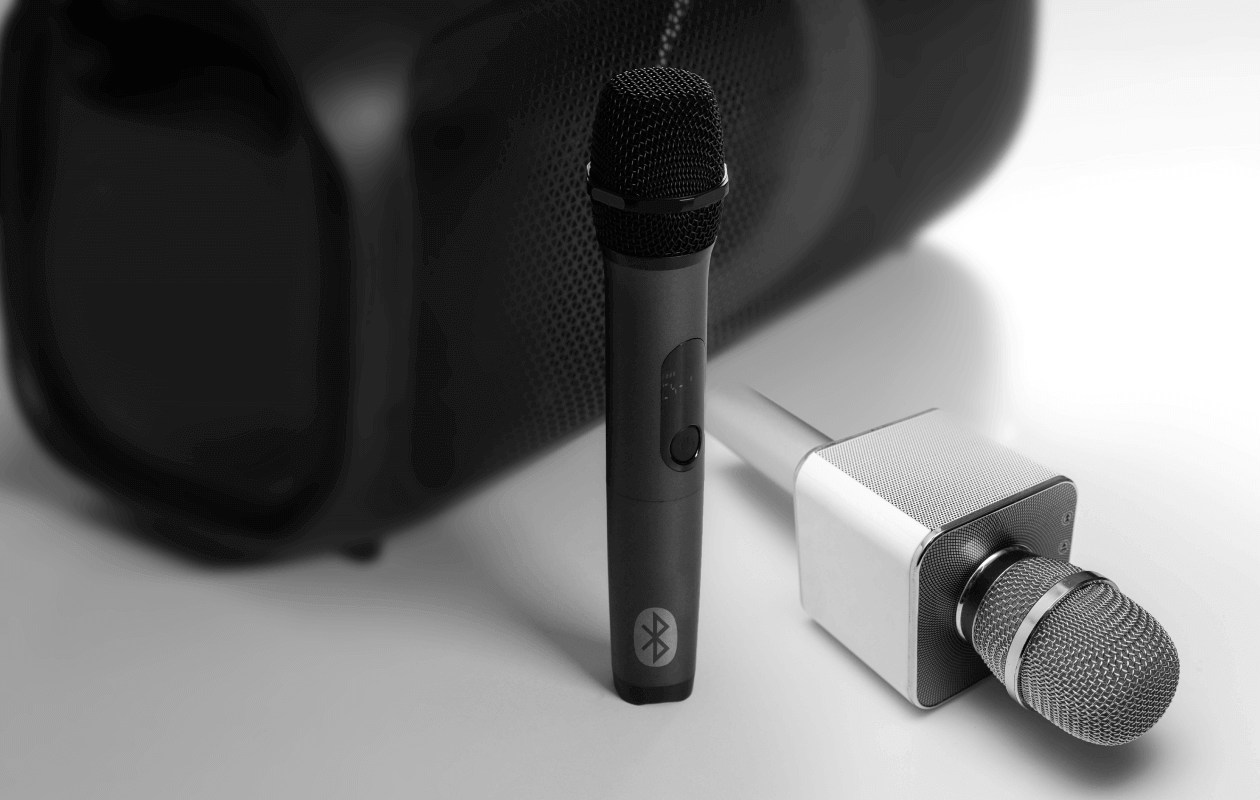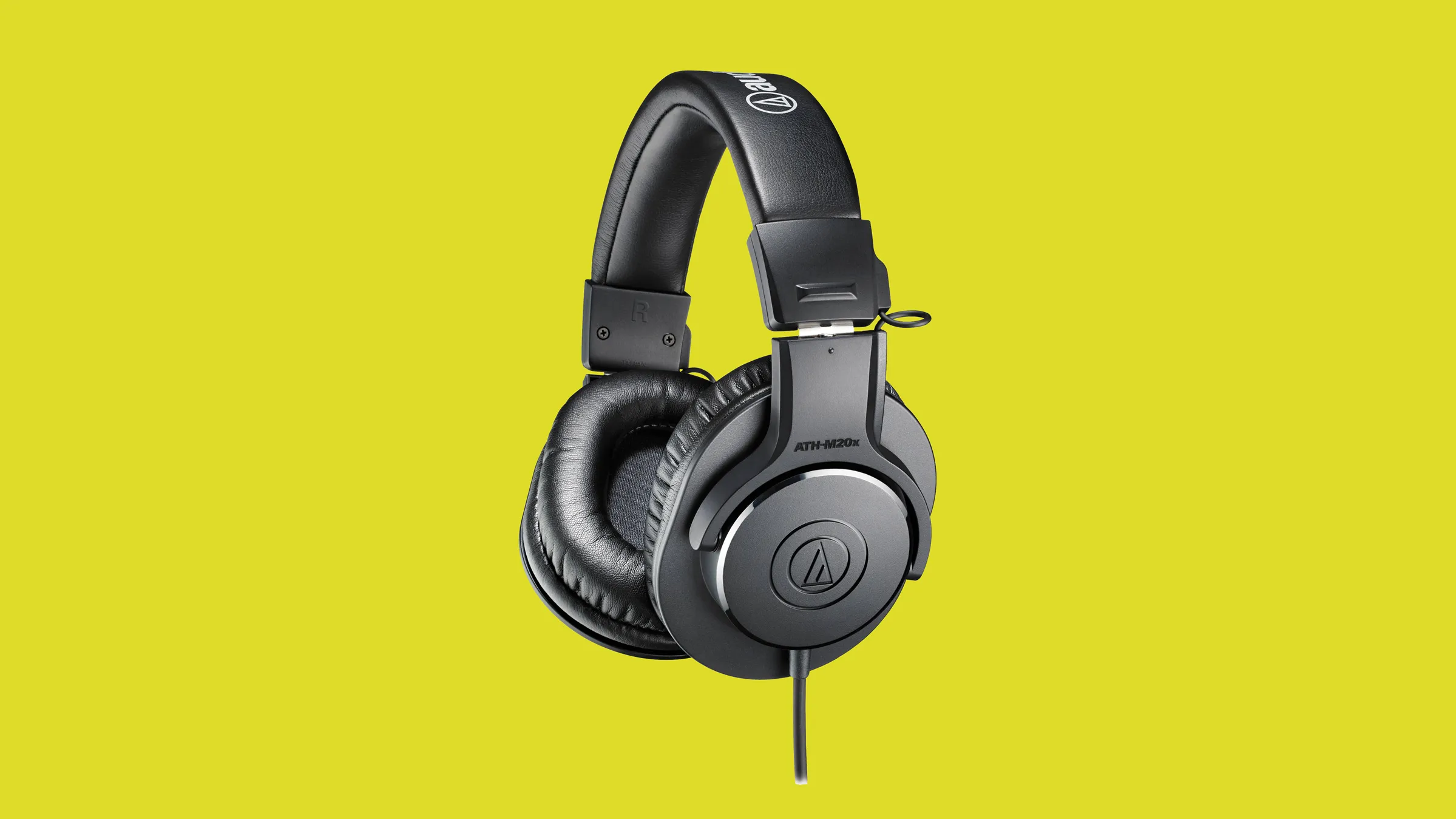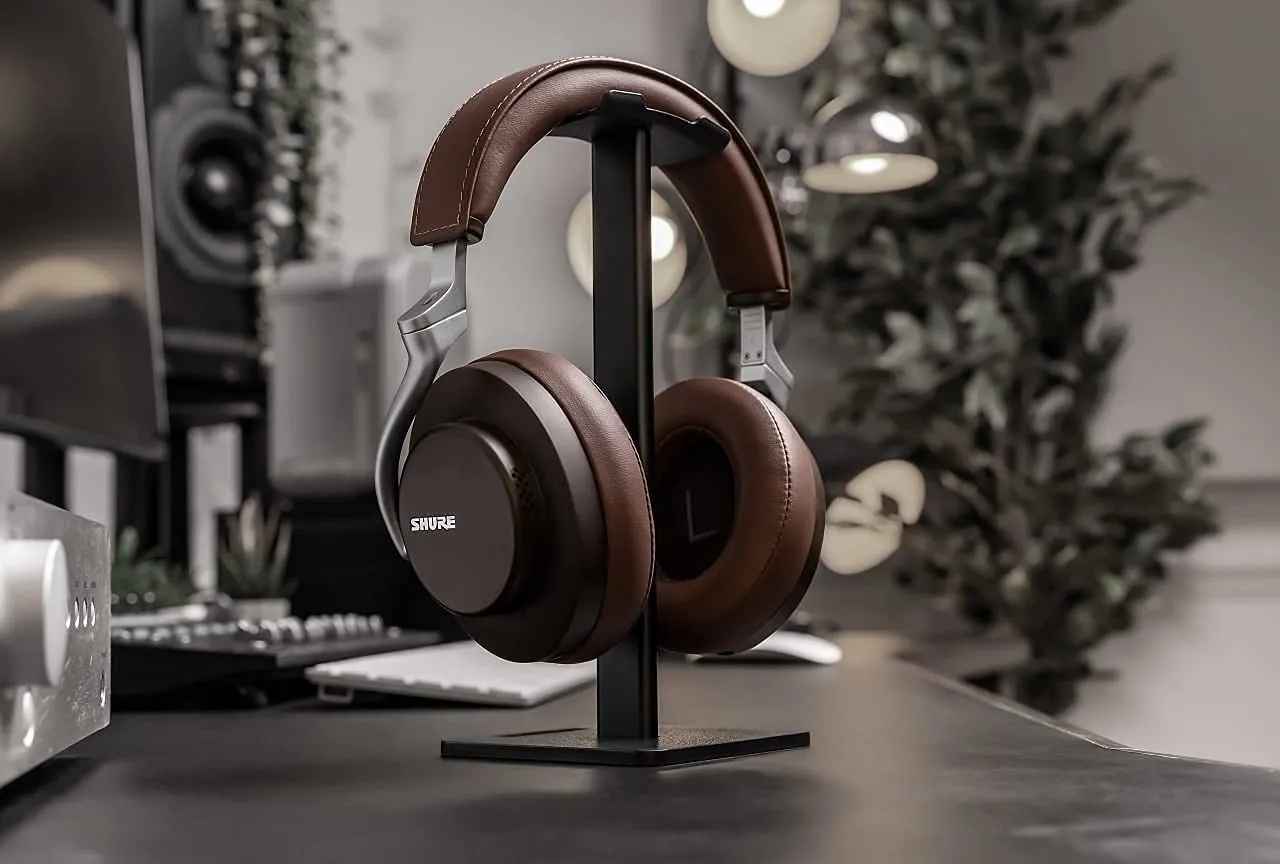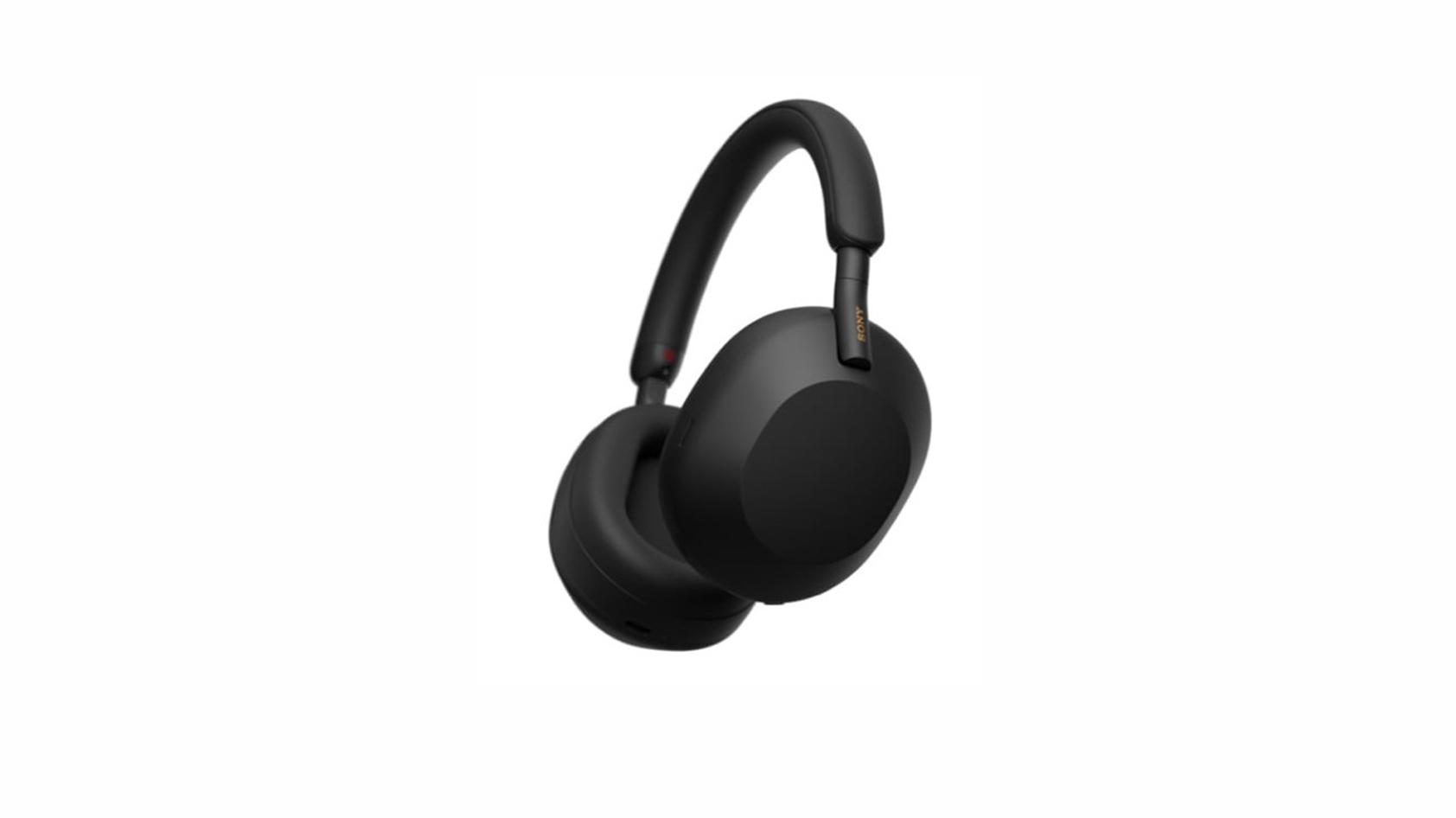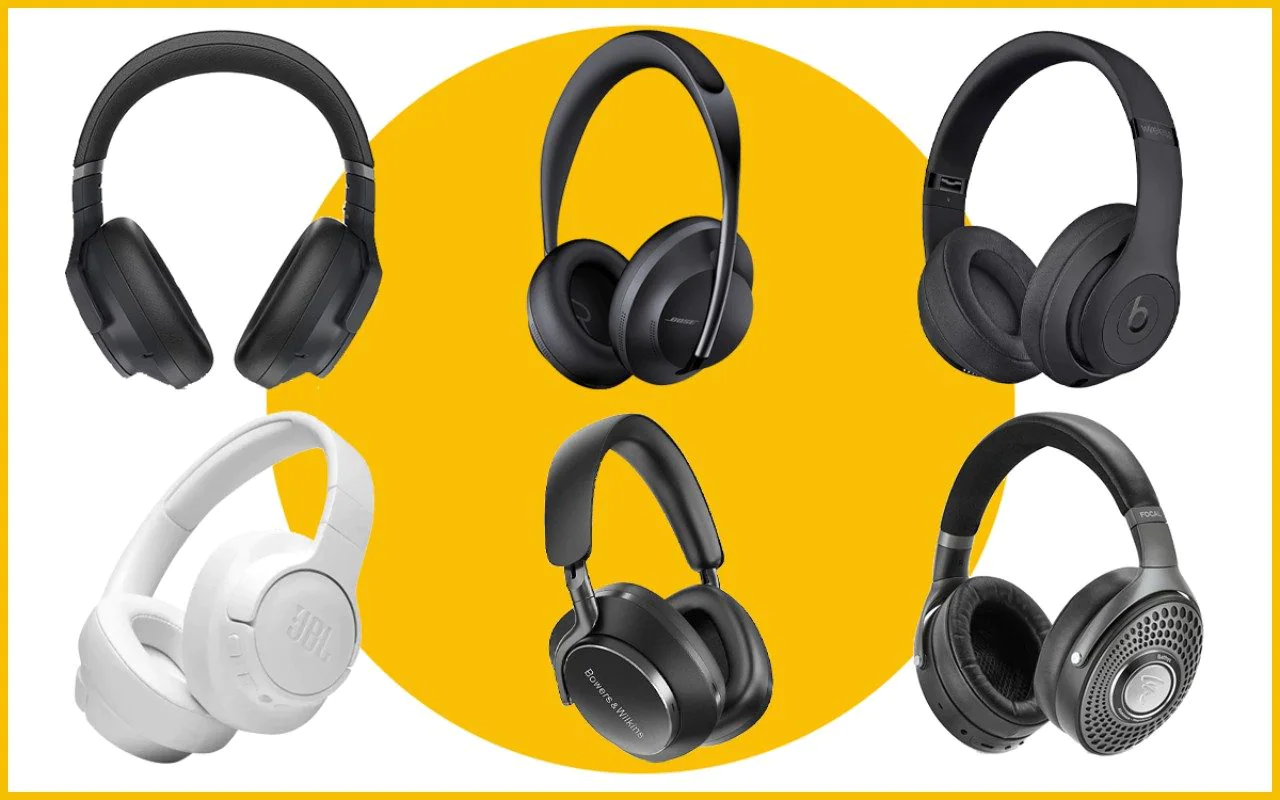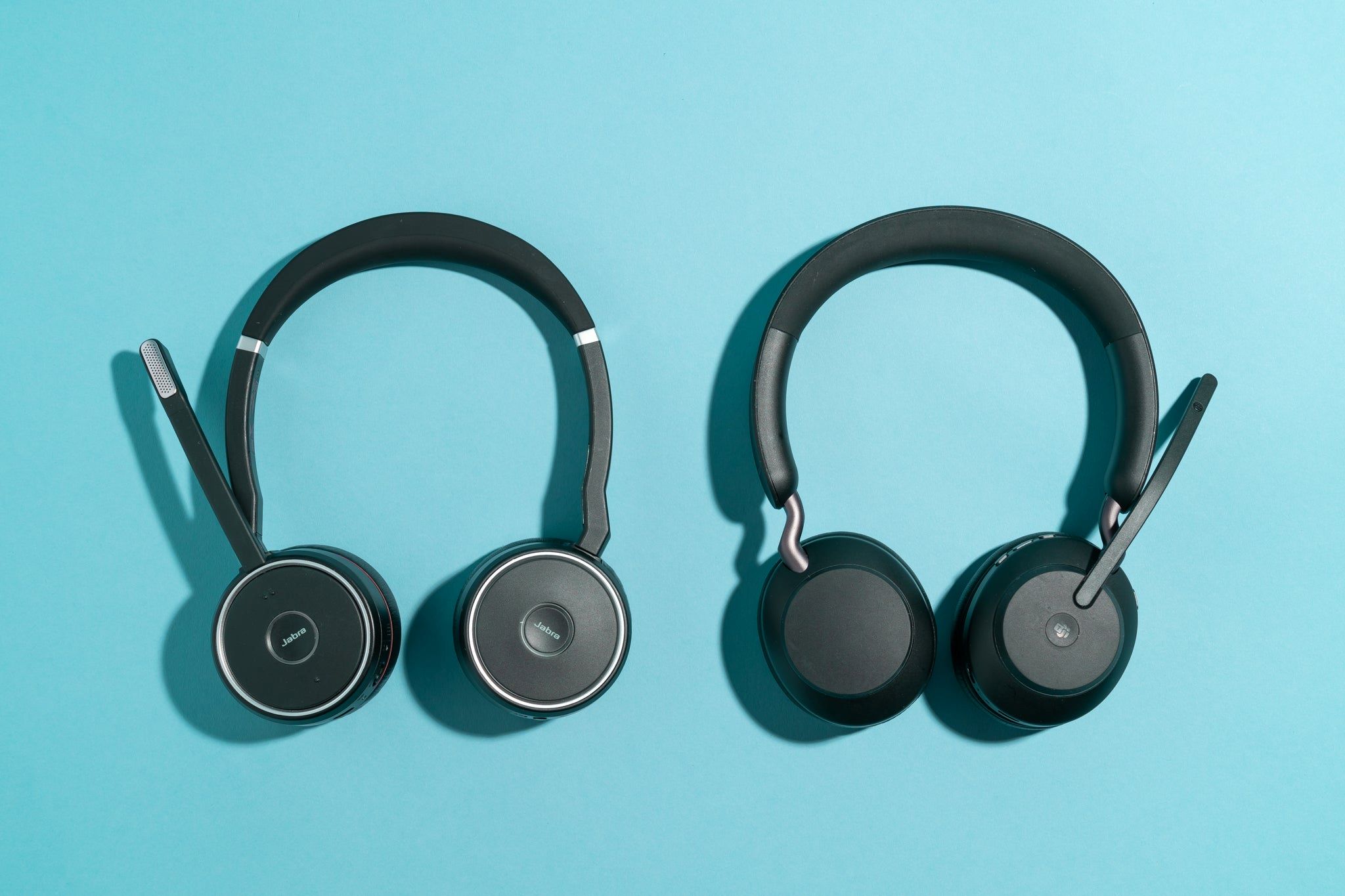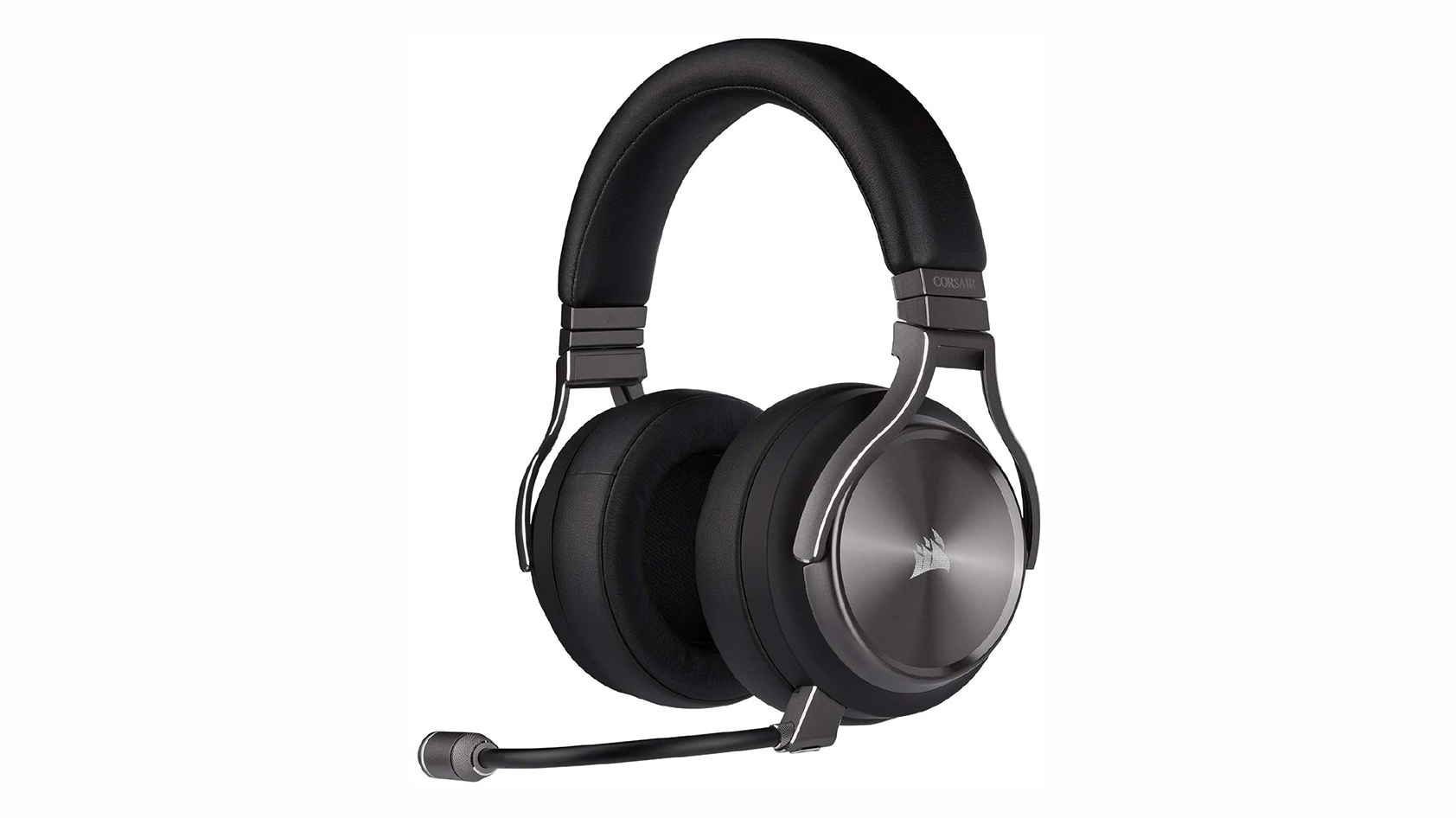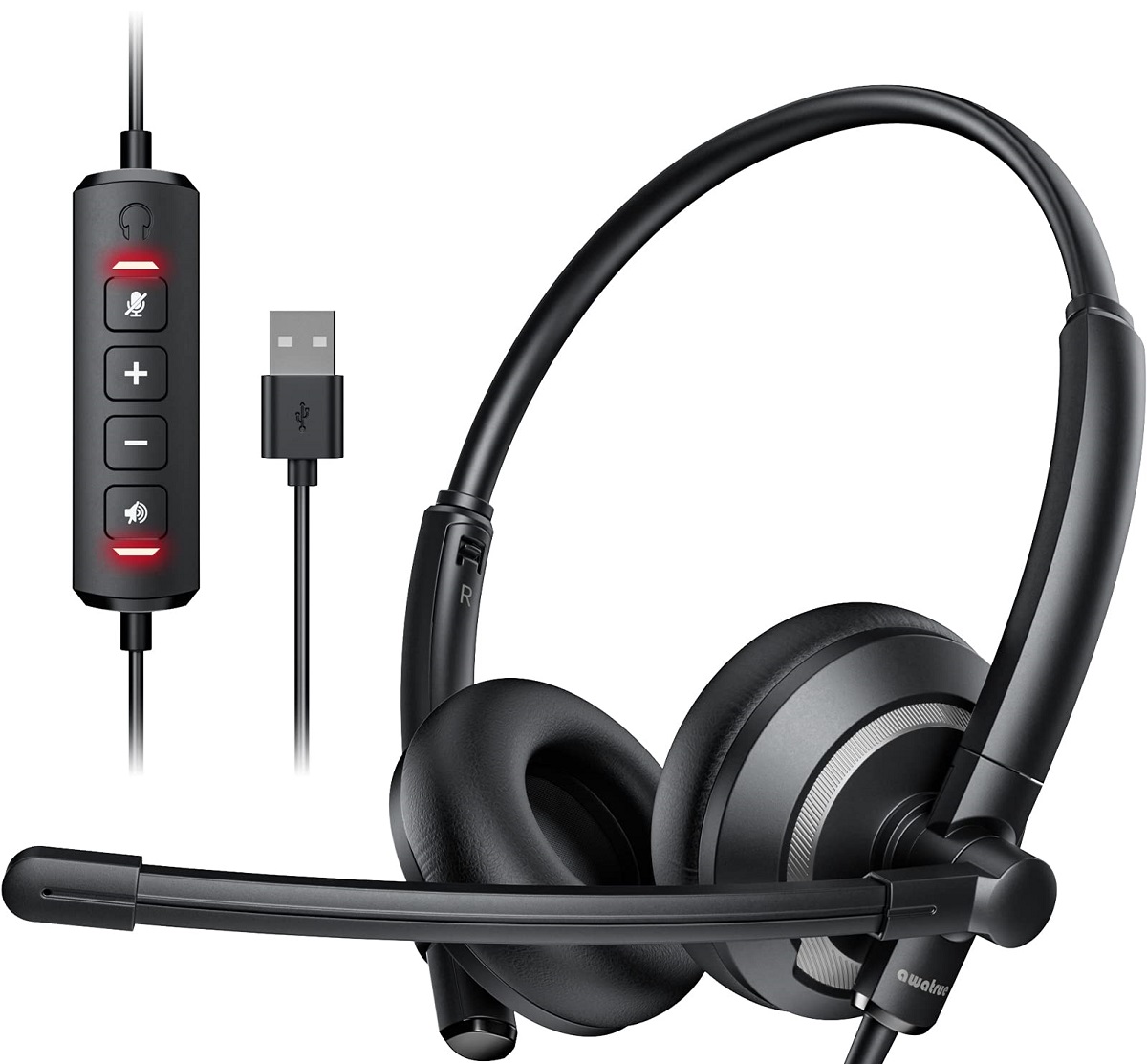Introduction
A noise cancelling microphone is an essential tool for anyone who needs to communicate effectively in noisy environments. Whether you are working in a busy office, participating in online meetings, or gaming with friends, a noise cancelling microphone can significantly enhance the clarity and quality of your voice transmission.
But what exactly is a noise cancelling microphone and how does it work? In this article, we will explore the technology behind noise cancelling microphones and discuss their benefits and limitations. Additionally, we will provide some tips on how to choose the right noise cancelling microphone for your needs.
In today’s world, where remote work and online communication have become increasingly prevalent, the demand for noise cancelling microphones has soared. These devices help to filter out background noise, ensuring that your voice comes through loud and clear without any distractions or interference. Whether you are on a conference call, recording a podcast, or streaming your gaming sessions, a noise cancelling microphone can make a world of difference in the quality of your audio.
Before we delve into the inner workings of noise cancelling microphones, let’s first understand what exactly they are and how they differ from regular microphones. While a regular microphone simply captures sound waves and converts them into electrical signals, a noise cancelling microphone takes it a step further by actively reducing or eliminating unwanted background noise.
By using advanced technology and signal processing algorithms, noise cancelling microphones can identify and cancel out ambient noise, allowing for clearer and more intelligible speech. This innovative feature makes them particularly valuable in environments where background noise is a constant challenge, such as open offices, crowded cafes, or even noisy outdoor settings.
In the following sections, we will explore the two main types of noise cancellation used in microphones: active noise cancellation and passive noise cancellation. We will discuss how each method works and the benefits they provide. Additionally, we will examine the advantages and limitations of noise cancelling microphones and provide some tips to help you choose the right one for your specific needs.
What is a Noise Cancelling Microphone?
A noise cancelling microphone is a specialized type of microphone designed to reduce or eliminate unwanted background noise during audio transmission. It utilizes various techniques and technologies to isolate and enhance the desired sound, such as speech or vocals, while minimizing the impact of surrounding noise.
Traditional microphones capture all sound waves within their range, including ambient noise, which can often interfere with the clarity and intelligibility of the intended audio. However, a noise cancelling microphone employs specific mechanisms to separate the desired audio signal from the background noise, resulting in improved sound quality.
One of the key features of a noise cancelling microphone is its ability to distinguish between the user’s voice and unwanted noise. Using advanced signal processing algorithms, the microphone analyzes the input audio and applies filters to suppress or cancel out the identified noise sources. This enables the microphone to transmit a cleaner, more focused sound signal, enhancing the overall audio experience for both the speaker and the receiver.
Noise cancelling microphones can be found in various devices, including headsets, headphones, smartphones, laptops, and professional audio recording equipment. They are widely used in industries such as telecommunication, broadcasting, podcasting, gaming, and conferencing, where clear and uninterrupted communication is crucial.
It is essential to note that noise cancelling microphones are different from noise cancelling headphones. While noise cancelling headphones aim to reduce external noise for the listener’s benefit, noise cancelling microphones target the noise around the speaker’s microphone so that their voice comes through more clearly to the receiver.
Now that we have a better understanding of what a noise cancelling microphone is and its purpose, let’s explore how these microphones work to actively cancel out unwanted noise. In the next section, we will delve into the two main methods of noise cancellation: active and passive.
How Does a Noise Cancelling Microphone Work?
A noise cancelling microphone utilizes advanced technology and techniques to minimize the impact of unwanted background noise during audio transmission. There are two primary methods employed by noise cancelling microphones: active noise cancellation and passive noise cancellation.
Active Noise Cancellation: Active noise cancellation (ANC) is a technique commonly used in noise cancelling microphones to reduce or eliminate unwanted noise. This method involves using microphones built into the device to pick up and analyze the surrounding sound. Once the noise is detected, the microphone generates a sound wave that is precisely out of phase with the incoming noise. When the two sound waves combine, they effectively cancel each other out, reducing the overall noise level. This cancellation process happens in real-time, allowing for immediate noise reduction. Active noise cancellation is particularly effective in environments with consistent and continuous background noise, like air conditioning systems or traffic.
Passive Noise Cancellation: Passive noise cancellation, also known as passive noise isolation, relies on the physical design and construction of the microphone to block or minimize external noise. The microphone is built with materials that absorb or reflect sound waves, preventing them from reaching the microphone diaphragm. Additionally, noise-blocking ear cups or specialized microphone covers can be used to further reduce background noise. This method is effective in attenuating high-frequency noise, such as static or wind noise, and can be found in microphones used in headsets and headphones.
By combining active and passive noise cancellation techniques, noise cancelling microphones can achieve optimal noise reduction and enhance the clarity of the desired audio signal. The extent of noise cancellation can vary depending on factors such as the quality of the microphone, the surrounding noise levels, and the user’s proximity to the microphone.
It’s important to note that while noise cancelling microphones can significantly reduce background noise, they may not eliminate it entirely, especially in environments with very high levels of noise or unpredictable sound sources. Additionally, certain types of noise, such as human speech or sudden loud sounds, may be more challenging to cancel effectively.
In the next section, we will discuss the benefits of using a noise cancelling microphone and how it can greatly improve the audio experience in various applications.
Active Noise Cancellation
Active noise cancellation (ANC) is a sophisticated technology used in noise cancelling microphones to actively reduce or eliminate unwanted background noise, significantly enhancing the quality of transmitted audio. This method relies on advanced signal processing algorithms and built-in microphones to detect and counteract ambient noise in real-time.
When utilizing active noise cancellation, the noise cancelling microphone captures the surrounding sounds through microphones strategically placed on or near the device. These microphones pick up the external noise and analyze its frequency and amplitude characteristics. Once the noise profile is identified, the microphone generates a sound wave that is precisely out of phase with the incoming noise.
The out-of-phase sound wave, commonly referred to as the “anti-noise,” is then combined with the original noise. Due to the wave interference, the two sound waves cancel each other out, effectively reducing or eliminating the unwanted noise. This cancellation process occurs continuously, adapting to changes in the background noise and providing on-the-fly noise reduction.
Active noise cancellation is particularly effective in attenuating continuous and low-frequency background noises, such as the humming of air conditioners or the rumbling of machinery. By actively negating these persistent noises, the microphone ensures that the intended audio, such as speech or vocals, is more prominent and distinguishable.
The effectiveness of active noise cancellation depends on several factors, including the quality of the microphone’s noise-cancelling circuitry, the placement of the microphones, and the algorithm used to generate the anti-noise signal. Higher-quality noise cancelling microphones often employ advanced algorithms that can accurately analyze and counteract a broader range of noise frequencies.
It is important to note that active noise cancellation is most effective in reducing continuous and predictable noise sources. Sudden loud sounds or erratic noises may be more challenging to cancel effectively, as the anti-noise generation process requires a certain amount of time to adapt and respond.
Overall, active noise cancellation is a powerful feature that distinguishes noise cancelling microphones from traditional microphones, making them ideal for use in noisy environments, such as bustling offices, crowded cafes, or even on-the-go settings where background noise can be a significant challenge.
In the next section, we will explore passive noise cancellation, another method used in noise cancelling microphones to enhance the audio experience by minimizing external noise.
Passive Noise Cancellation
Passive noise cancellation, also known as passive noise isolation, is a technique used in noise cancelling microphones to reduce external noise through physical design and construction. Unlike active noise cancellation, which actively counteracts noise using electronic means, passive noise cancellation relies on the microphone’s hardware and materials to block or minimize unwanted sound.
In a noise cancelling microphone with passive noise cancellation, various design elements work together to attenuate external noise. These elements include specially designed microphone diaphragms, acoustic insulation, and noise-blocking materials.
The microphone diaphragm, the component that captures sound waves, is designed to be acoustically isolating. This means that it is engineered to dampen or reflect sound waves coming from angles other than the desired audio source, such as noise from the surrounding environment.
Furthermore, noise cancelling microphones employ various insulation techniques to reduce sound transmission. The microphone housing is typically constructed with materials that absorb or reflect sound, preventing it from reaching the microphone diaphragm. Additionally, some microphones feature noise-blocking ear cups or specialized covers that help minimize background noise from entering the microphone.
Passive noise cancellation is particularly effective in attenuating high-frequency noise, such as static, wind noise, or ambient chatter. By physically obstructing or diminishing the impact of external noise, passive noise cancellation allows the desired audio signal, like speech or vocals, to come through more clearly.
It is essential to note that while passive noise cancellation can significantly reduce environmental noise, it cannot actively cancel out noise like its active noise cancellation counterpart. Therefore, the effectiveness of passive noise cancellation depends on the quality and design of the microphone as well as the user’s proximity to the microphone.
Passive noise cancellation is commonly used in microphones used in headsets and headphones, where the physical design and proximity to the user’s mouth help minimize unwanted noise. These microphones are especially popular for gaming, teleconferencing, and other applications where clear communication is crucial amidst external noise.
Combining both active and passive noise cancellation methods in a noise cancelling microphone allows for optimal noise reduction and improved audio clarity. While active noise cancellation actively counteracts noise using electronic means, passive noise cancellation works by physically blocking or attenuating external noise through clever design and materials.
In the next section, we will discuss the benefits of using a noise cancelling microphone and how it can greatly enhance various applications where clear and uninterrupted communication is essential.
Benefits of Using a Noise Cancelling Microphone
Using a noise cancelling microphone offers several benefits that significantly enhance the audio experience in various applications. Whether you are conducting business meetings, participating in online classes, or enjoying gaming sessions, here are some advantages of using a noise cancelling microphone:
1. Clearer and Crisper Sound:
A noise cancelling microphone filters out background noise, allowing your voice to come through loud and clear. This ensures that your message is easily understood by the recipient, leading to more effective communication and improved listening experience.
2. Enhanced Productivity:
In a noisy work environment, a noise cancelling microphone can help you focus better on your tasks. By eliminating or reducing distractions from surrounding noise, you can concentrate on your work or conversation without interruptions. This enhances productivity and prevents potential misunderstandings due to unclear audio.
3. Improved Speech Recognition:
Noise cancelling microphones are particularly beneficial in voice recognition applications. Whether you are using speech-to-text software, virtual assistants, or voice-controlled devices, a noise cancelling microphone ensures accurate and reliable speech recognition, even in noisy environments.
4. Increased Comfort for Long Sessions:
When using a noise cancelling microphone, you don’t have to strain your voice to overcome background noise. This reduces vocal fatigue and discomfort during extended audio sessions, whether it’s a lengthy conference call, online gaming session, or recording a podcast episode.
5. Better Audio Quality in Streaming and Recording:
For streamers, content creators, and musicians, a noise cancelling microphone is essential for capturing professional-grade audio. By isolating your voice and minimizing background noise, you can produce high-quality recordings, podcasts, and livestreams that engage your audience and enhance your content’s overall professionalism.
6. Increased Privacy:
A noise cancelling microphone prevents your confidential conversations from being overheard by others in the vicinity. Whether you are discussing sensitive business matters or engaging in private online discussions, a noise cancelling microphone ensures that your voice remains clear while minimizing the risk of being overheard.
Overall, a noise cancelling microphone is a valuable tool for anyone who needs to communicate effectively in noisy environments. From professionals working remotely to gamers and content creators, the benefits of using a noise cancelling microphone extend to various domains where clear and uninterrupted communication is essential.
In the next section, we will discuss the limitations of noise cancelling microphones to provide a balanced understanding of their capabilities.
Limitations of Noise Cancelling Microphones
While noise cancelling microphones offer significant advantages in improving audio quality, there are some limitations to be aware of. Understanding these limitations will help manage expectations and choose the most suitable microphone for your specific needs. Here are some potential drawbacks of noise cancelling microphones:
1. Limited Effectiveness with Sudden or Impulsive Noises:
Noise cancelling microphones are most effective in reducing continuous and predictable background noises, such as the hum of an air conditioner. However, they may struggle to cancel out sudden, loud, or impulsive noises, such as slamming doors or shouting. The time it takes for the microphone’s noise cancellation circuitry to react and generate anti-noise may result in a slight delay or imperfect cancellation.
2. Voice Distortion or Muffling:
In some cases, noise cancelling algorithms can unintentionally interfere with the desired audio, resulting in voice distortion, muffled sound, or altered tonal quality. While high-quality noise cancelling microphones strive to minimize these issues, it’s essential to test and choose a microphone with well-balanced noise cancelling performance.
3. Limited Noise Reduction in Highly Noisy Environments:
Noise cancelling microphones may struggle to provide significant noise reduction in extremely noisy environments with a high signal-to-noise ratio. The microphone’s ability to isolate the desired audio from excessive background noise may be limited, leading to a reduction in audio clarity and intelligibility.
4. Battery Power or External Power Dependency:
Some noise cancelling microphones, especially wireless or portable ones, may require batteries or external power sources to operate their active noise cancellation. This dependency on power can be a limitation if the microphone runs out of battery or if there is limited access to power sources.
5. Cost and Complexity:
Noise cancelling microphones, especially those with advanced noise cancellation technologies, tend to be more expensive than regular microphones. The complexity of the noise cancelling circuitry and the additional components contribute to the higher cost. Therefore, the price point may be a limitation for those on a tight budget.
6. Compatibility with External Audio Devices:
Compatibility can be an issue with certain noise cancelling microphones, especially when connecting them to external audio devices or using them for specific applications. It is important to ensure compatibility with your intended use case, whether it’s conference calls, gaming consoles, or recording equipment.
While these limitations exist, noise cancelling microphones still offer a substantial improvement in audio quality and the reduction of unwanted background noise. The key is to understand and manage expectations, select a reputable brand, and consider the specific requirements of your audio setup.
In the next section, we will provide some tips to consider when choosing a noise cancelling microphone to ensure you make an informed decision.
Tips for Choosing a Noise Cancelling Microphone
When selecting a noise cancelling microphone, it’s important to consider various factors to ensure you choose the best option for your specific needs. Here are some tips to help you make an informed decision:
1. Determine Your Use Case:
Consider how and where you will be using the microphone. Are you using it for business calls, gaming, podcasting, or recording? Understanding your specific use case will help you determine the appropriate microphone type, such as a headset, desktop, or lapel microphone.
2. Research Different Brands and Models:
Take the time to research different brands and models of noise cancelling microphones. Read reviews, compare features, and consider the reputation and reliability of the brand. Look for microphones that have received positive feedback for their noise cancellation performance and audio quality.
3. Active vs. Passive Noise Cancellation:
Consider whether you need active or passive noise cancellation. Active noise cancellation is more effective in continuous and low-frequency noise reduction, while passive noise cancellation is beneficial in attenuating high-frequency ambient sounds. Choose the method that suits your environment and audio requirements.
4. Test the Microphone’s Noise Cancelling Performance:
If possible, test the microphone’s noise cancelling performance before making a purchase. Look for demonstrations or try the microphone in a real-world setting. This will give you a better idea of how well it can suppress background noise and maintain audio clarity.
5. Consider Connectivity Options:
Determine the connectivity options that work best for your setup. Whether you need USB, XLR, Bluetooth, or wireless connectivity, ensure that the noise cancelling microphone is compatible with your intended audio devices or applications.
6. Assess Comfort and Ergonomics:
If you plan to use the microphone for extended periods, consider the comfort and ergonomics of the design. Look for features like adjustable headbands, cushioned ear cups, or boom arm adjustability to ensure a comfortable fit and ease of use.
7. Budget Considerations:
Set a budget range and look for noise cancelling microphones that fit within your budget. While high-end options may offer advanced noise cancellation algorithms, there are also affordable options available that provide satisfactory performance for everyday use.
By taking these tips into consideration, you can choose a noise cancelling microphone that meets your requirements and delivers exceptional audio quality in your specific audio environment.
In the next section, we will wrap up our discussion on noise cancelling microphones and summarize the key points discussed throughout the article.
Conclusion
Noise cancelling microphones are powerful tools that enhance audio quality and facilitate effective communication in noisy environments. Whether you are working in a bustling office, participating in online meetings, or enjoying gaming sessions, these microphones can make a significant difference in clarity and intelligibility.
We explored the two main methods used in noise cancelling microphones: active noise cancellation and passive noise cancellation. Active noise cancellation utilizes advanced algorithms to generate anti-noise that cancels out unwanted background noise, while passive noise cancellation relies on physical design and insulation to block or reduce external noise.
Despite their advantages, noise cancelling microphones do come with some limitations. They may not be as effective in canceling sudden or impulsive noises, and their performance can be affected by factors like power dependency and compatibility with external devices.
When choosing a noise cancelling microphone, consider your specific use case, research different brands and models, and test the microphone’s noise cancellation performance if possible. Also, consider factors like connectivity options, comfort, and your budget range to ensure the best choice for your needs.
Ultimately, noise cancelling microphones offer numerous benefits such as clearer sound, increased productivity, improved speech recognition, and enhanced privacy. They are essential tools for professionals, gamers, content creators, and anyone seeking high-quality audio amidst noisy surroundings.
As technology continues to advance, noise cancelling microphones are expected to become even more sophisticated, delivering even better noise reduction and audio quality. By staying informed and selecting the right noise cancelling microphone, you can unlock the full potential of your audio communication and enjoy crystal-clear sound in any environment.







